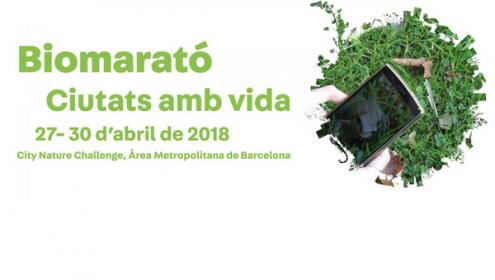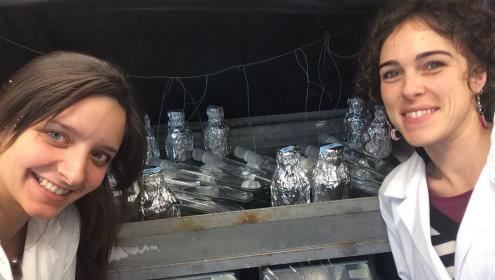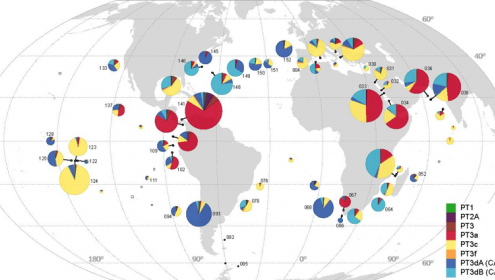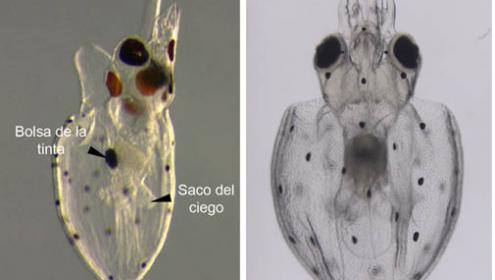LATEST TOPICS
Scientific news
From 27th to 30th of April all people living in the Metropolitan Area of Barcelona are called to participate in the most important biodiversity event in the world, the City Nature Challenge. For the first time, Barcelona has organized a great event under the name of Biomarathon.
On April 16 and 17, the Institute of Marine Sciences hosted the meeting of the European Marine Observation and Data Network (EMODnet), an initiative of the European Commission that aims to collect and harmonize European marine data.
Scientists from the Spanish National Research Council (CSIC) in collaboration with the University of Vienna have studied how marine plastic debris affects the lower levels of the oceanic food web, microorganisms, and the results revel that they release dissolved organic carbon into the seawater, up to 23,600 metric tons per year. The most of it is rapidly taken by marine bacteria stimulating their growth.
The details of the research, funded by the Austrian Science Foundation and the CSIC under the MODMED project, are published today in the journal Nature Communications.
The "Magnet, alliances for educational success" program develops innovative educational projects. It is promoted by the Jaume Bofill Foundation, the Generalitat de Catalunya, the Diputació de Barcelona, the Consortium of Education of Barcelona and the UAB Institute of Education Sciences.
Cyanobacteria of the genus Synechococcus are ubiquitous in the world ocean and contribute significantly to both the marine food chain and the carbon cycle. Like chameleons of the planktonic world, some of them are able to change pigmentation to match the ambient light color. Yet, their distribution or abundance has remained unknown so far. Research scientists from CNRS and CEA, together with international collaborators including ICM-CSIC, have just demonstrated these color-shifters are the most abundant group of Synechococcus in the ocean.
Flying squids eat particulate organic material and fecal pellets during their early life, although they become voracious predators of crustacean and fishes in the adult stage, like other cephalopods. Flying squids, currently formed by 22 oceanic species, is the most commercially exploited family of cephalopods worldwide. The results of the work, led by CSIC scientists and published in Scientific Reports, could explain the ecological success of this group of squids.





